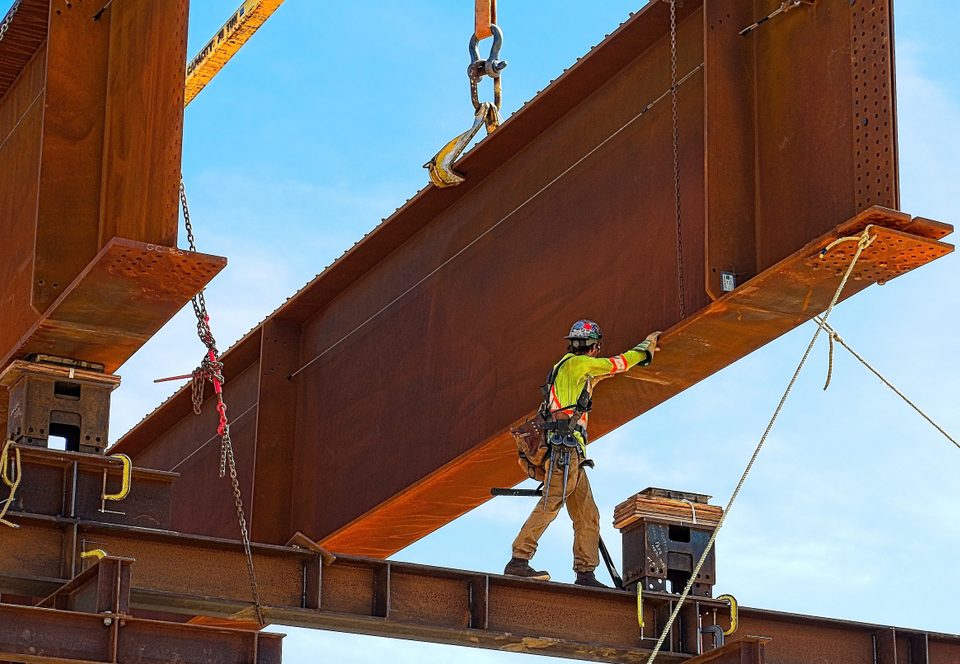Steel Tube Telescoping Process Basics and Purpose

Basics on Metal and Steel Quenching Processes, Part 2
June 21, 2019
How Diamond Metal Plate is Made and Commonly Used
June 28, 2019There are several vital processes that may be used for various steel pipe or tube, and one such process is known as telescoping. Used for both square and round tube formats, telescoping is one of the more imprecise processes involved with metal – you have to account for a few important factors, including the type of tube being used and the diameter and tolerances of various different metals.
At Wasatch Steel, we offer a wide variety of high-quality steel tubing for you to choose from. We’re also happy to assist you with any questions you have about telescoping or other steel services – whatever you need to complete your project safely, affordably and within the desired timeline. Here are some basics and examples of telescoped steel, plus some tips on using both square and round steel tubing during this process.
Telescoping Basics and Examples
Telescoping is a curious and interesting steel process that we get lots of questions about from our clients. It’s needed when the width of a project regularly changes or is not known for various reasons, and those in production need to be able to adjust the tubing or piping to account for these unknown variables. It allows for efficient product assembly without any drilling, and can be used as an add-on component in many cases.
Telescoped steel materials are commonly found in several major applications. Areas like table legs, railings, metal supports, shower curtains and camera tripods all require these kinds of adjustable properties given the way they’re used, and they’re also regularly found in areas like assembly lines and racking or shelving systems.
Square Telescoped Tubing
If you’re looking to telescope tubing, square is the most common shape involved in this process. It’s generally the simplest to use, requiring 0.100” measurements or 14GA with a 0.083” wall.
Round Telescoped Tubing
Round tubing, on the other hand, is a bit more complex to work with. Some general tips on performing this process:
- If you’re attempting to find the approximate diameter inside a given steel tube, there’s a simple method here: Subtract wall thickness from the outer diameter twice. So if your outside diameter is eight inches and the wall thickness is 1.5 inches, the diameter will be 5 inches.
- It’s important to note that steel tubing comes with both outside diameter (OD) and inside diameter (ID) tolerances, and these are not the same. In most cases, OD tolerances are larger than ID tolerances. This means that certain tubes may not telescope.
- Also note that all steel tubing comes with an inside weld seam, one that you have to consider. This weld may interfere with telescoping, except in cases of Drawn over Mandrel tube where the flash weld is removed. In these cases, allow for at least 0.010” between the OD and ID.
For more on telescoping steel tubing or pipe, or to learn about any of our other steel supplier offerings, speak to the staff at Wasatch Steel today.



